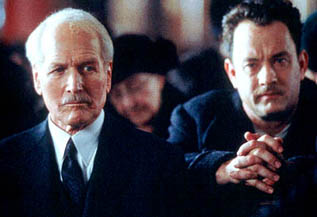|
|
A-List: CinematographersBy Josh SpiegelJune 10, 2010
Roger Deakins Fargo. The Shawshank Redemption. Kundun. O Brother, Where Art Thou? The Man Who Wasn’t There. No Country For Old Men. The Reader. The Assassination of Jesse James by the Coward Robert Ford. These are the eight films that Roger Deakins, possibly the best living cinematographer, has been nominated for at the Academy Awards. Zero is the number of times he has won. If Martin Scorsese winning his first Best Director Oscar in the 21st century seems tantamount to heresy, what do we say about Deakins? Here’s a guy who’s so good at what he does, so assured, that Pixar Animation and DreamWorks Animation hired him as consultants to recent films of theirs (WALL-E and How To Train Your Dragon). The visual style created by Joel and Ethan Coen is just as much thanks to Deakins and his gifted eye. Deakins has been providing audiences across the world with memorable imagery, stuff that haunts and inflames us. For whatever reason, the image that keeps leaping out at me is that of Andy Dufresne walking into the prison of Shawshank for the first time, looking up at the endless wall of the main building as it consumes him. When you think of the many films he’s done with the Coens, or of his two films with Sam Mendes (Revolutionary Road and Jarhead), or of his countless other films, it’s hard not to see why he’s so loved in the industry. Why would two cartoons, one set in the future with robots, one set in the past with dragons, want to turn to Deakins? He may not have worked with robots or dragons, but if you want a movie to feel more realistic to the audience, Deakins is the man to help. Pixar, DreamWorks: good idea to call on him.
|

|
|
|

|
Friday, November 1, 2024
© 2024 Box Office Prophets, a division of One Of Us, Inc.


